Echinacea is a plant native to North America and southern Canada. As early as the 17th century, Native Americans used Echinacea. It can increase the activity of macrophages, greatly enhance the lethality of bacteria, viruses or other infection sources and even cancer cells; it can also promote the production of interferon, thus helping the body to fight against viral attacks such as colds and flu.
The main active ingredients of echinacea, polyphenols, caffeic acid derivatives and polysaccharides have the following functions:
Inulin: By increasing the number of granulocytes and leukocytes, it increases the chemotaxis of monocytes and neutral viruses and produces bacteriolysis.
Polysaccharides: T lymphocytes and hydrocarbon receptors on the surface of macrophages produce immunostimulatory effects, which can increase the phagocytic capacity of macrophages and stimulate macrophages to increase the number of tumor necrosis factor, interferon, and leukocyte mediators. Destroy tumor cells.
Alkylamines and caffeic acid derivatives: lipophilic alkylamines increase macrophage phagocytosis.
Echinacea: increase the activity of non-specific T cells, produce interferon, promote lymphocyte secretion, reduce T-helper cells, and reduce the ratio of T-helper cells to inhibitory factors.
As early as the seventeenth century, Native Americans began to use it. They use this plant to treat snake bites, gums and mouth disease, colds, coughs, sepsis, sore throats, and gastrointestinal pains. Historically it has also been used to treat scarlet fever, syphilis, malaria, sepsis and diphtheria. Throughout the 19th century, it was the most widely used plant in the United States, and was used by both traditional doctors and naturopaths. In the 20th century, it began to prevail in Germany and quickly swept the world. Prior to the discovery of antibiotics, Indian indigenous people used echinacea to treat infections and wounds for more than 400 years. Until the 1940s, it was still on the official list of plants used in the United States until antibiotics replaced it.
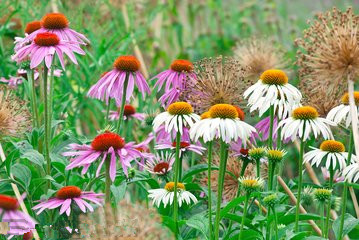 It has great benefits for the body’s powerful miraculous army, the immune system. It can stimulate the proliferation of immune cells, which is equivalent to increasing the size of the army. At the same time, it can stimulate the activity of immune cells, just like upgrading the weapons of the army, turning “millet plus rifle” into a missile. A large number of studies have shown that Echinacea has an excellent effect on anti-inflammation and sterilization. Studies have shown that it contains a variety of natural plant active ingredients, and its active ingredient composition is slightly different according to different parts. The active ingredient contained in the root of Echinacea is mainly flavonoids, which has anti-oxidation and killing of free radicals. The active ingredients contained in the stems and leaves are: polysaccharides (which can improve the body immunity), flavonoids (antioxidation), and volatile oils. (antibacterial, antiviral), caffeic acid derivatives (clearing free radicals, alleviating leukopenia). Therefore, the root of Echinacea can mainly prevent influenza, and its flower stems and leaves can alleviate upper respiratory tract infection, urinary tract infection, promote wound healing and treat various colds.
It has great benefits for the body’s powerful miraculous army, the immune system. It can stimulate the proliferation of immune cells, which is equivalent to increasing the size of the army. At the same time, it can stimulate the activity of immune cells, just like upgrading the weapons of the army, turning “millet plus rifle” into a missile. A large number of studies have shown that Echinacea has an excellent effect on anti-inflammation and sterilization. Studies have shown that it contains a variety of natural plant active ingredients, and its active ingredient composition is slightly different according to different parts. The active ingredient contained in the root of Echinacea is mainly flavonoids, which has anti-oxidation and killing of free radicals. The active ingredients contained in the stems and leaves are: polysaccharides (which can improve the body immunity), flavonoids (antioxidation), and volatile oils. (antibacterial, antiviral), caffeic acid derivatives (clearing free radicals, alleviating leukopenia). Therefore, the root of Echinacea can mainly prevent influenza, and its flower stems and leaves can alleviate upper respiratory tract infection, urinary tract infection, promote wound healing and treat various colds.
A significant effect of Echinacea is against colds. Let’s take a look at the results of Echinacea and cold medicine PK!
The active ingredient. The active ingredient of Echinacea is extracted from natural Echinacea, and the cold medicine is chemically synthesized.
Toxic side effects. Echinacea: A large number of human experiments and laboratory tests have shown that it has no toxic side effects on the human body, even infants and young children can rest assured to eat; cold medicine: prevalence of drowsiness, dizziness, headache, gastrointestinal discomfort, loss of appetite, dry mouth, Side effects such as liver and kidney toxicity.
The way of action. Echinacea: synergistic effects of various components, treating both the symptoms and the symptoms; cold medicine: alleviating symptoms, indicators are not cured.
The impact after the suspension. Echinacea: The symptoms of the cold disappear or weaken and the immunity is enhanced. Cold medicine: The symptoms of colds disappear or weaken, and immunity is reduced.

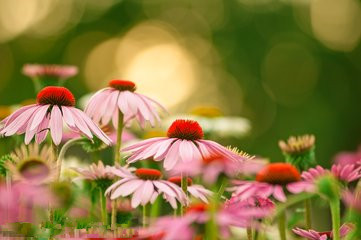

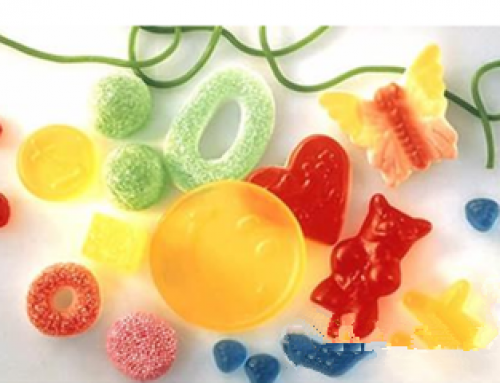
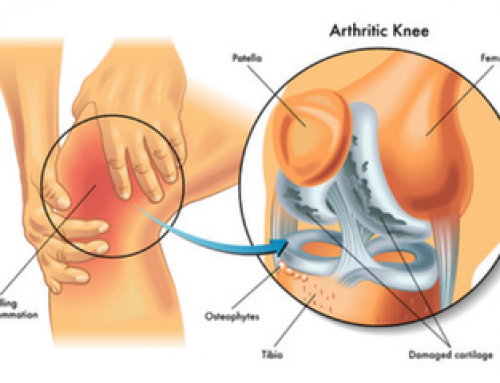

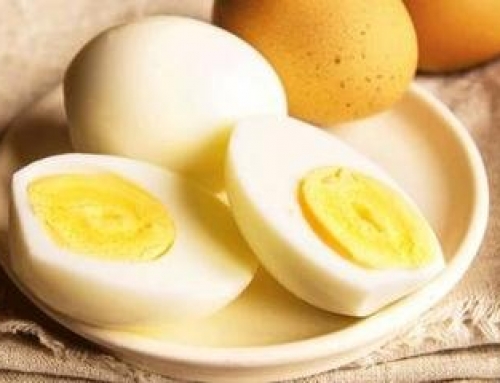

Leave A Comment